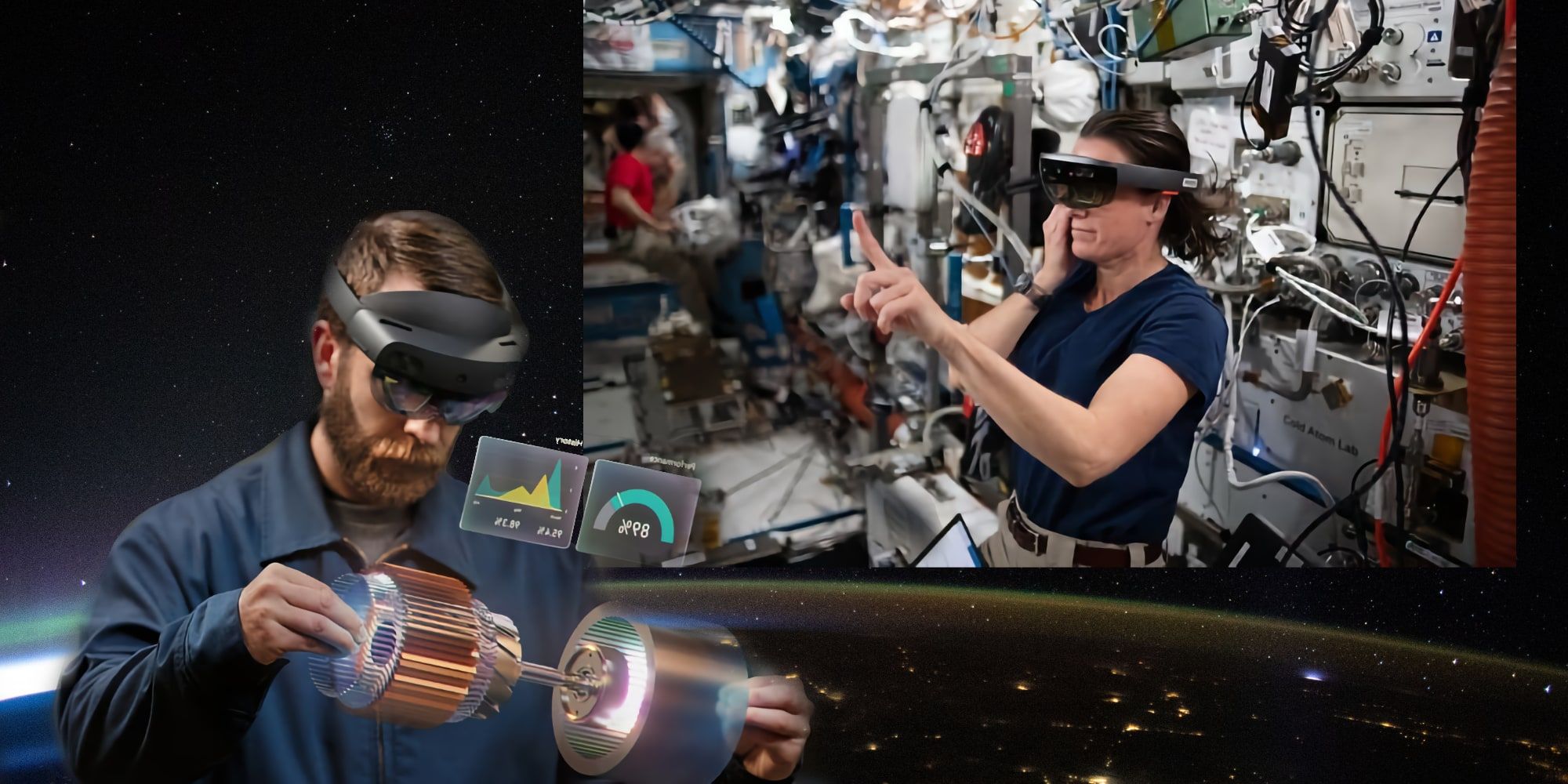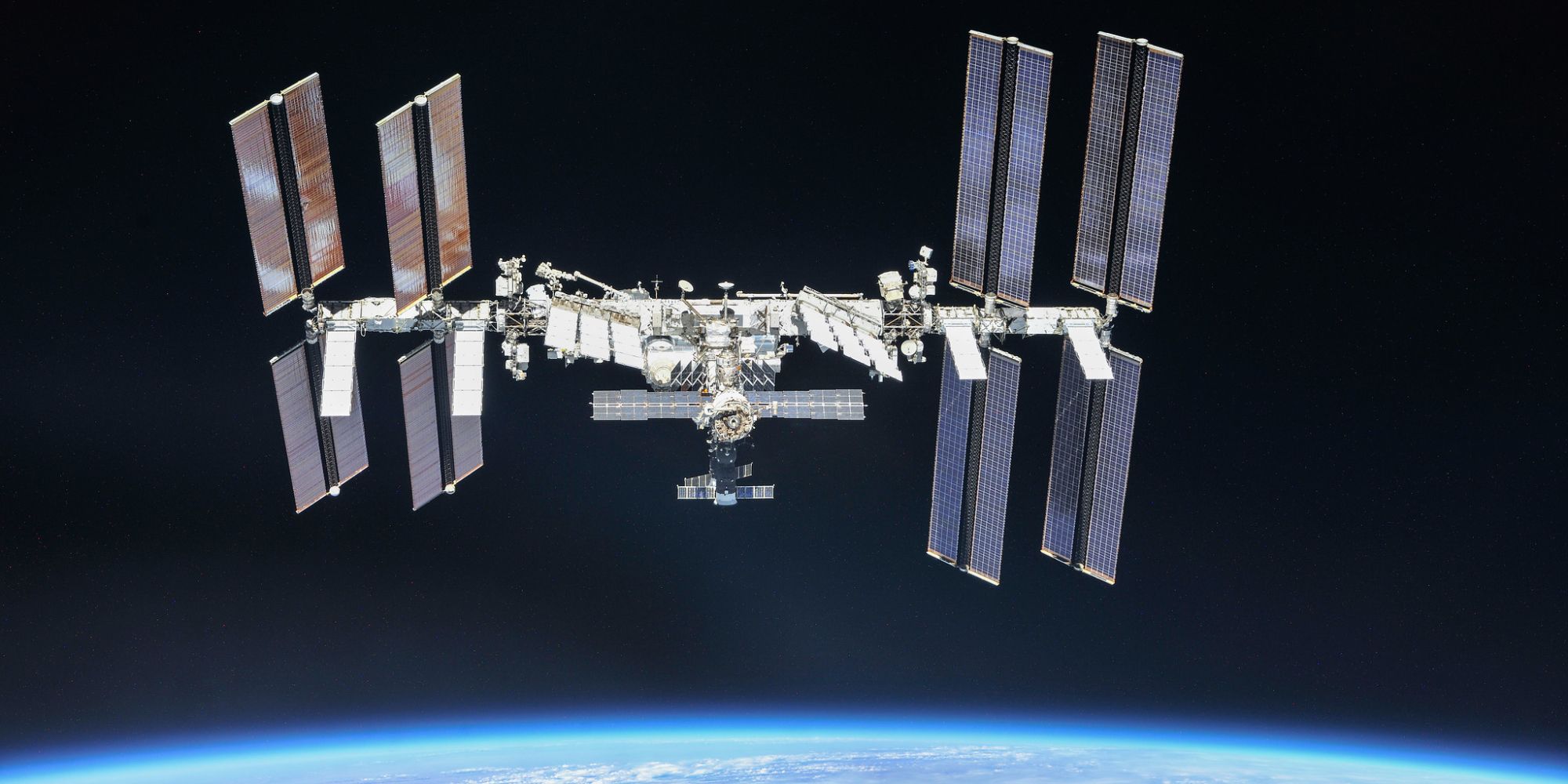NASA is making use of all sorts of technology, including Microsoft's HoloLens, to help advance science experiments taking place on the International Space Station (ISS). Augmented and virtual reality solutions have proved useful for some of the work that's done in space, since remote control and interaction are critical for maintaining the station and communicating with team members that are on the ground.
NASA's Cold Atom Lab (CAL) is an important piece of equipment for science experiments on the ISS. About the same size as a mini-refrigerator, such as those found in a hotel room, an RV, or a dorm room, the device can produce clouds of atoms at extremely low temperatures. At one ten-billionth of a degree above absolute zero, it creates conditions in which atoms have almost no motion, making it ideal for studying quantum characteristics. A similar setup would be difficult to achieve on the ground and to maintain for long periods of time. In microgravity, the CAL can manage this feat in a relatively small space.
NASA took advantage of Microsoft's advanced mixed reality headset to remotely assist ISS astronaut Megan McArthur with an upgrade of the CAL. The HoloLens was worn during the hardware upgrade, providing the ground-based team with an unobstructed view of what was happening. If a separate camera was used instead, the tight quarters and small workspace might have made it difficult or even impossible for those on Earth to get a clear view and help with instructions. From Earth, NASA's CAL team could provide text and drawings to point out what step to take next during the upgrade, which would display as an overlay on McArthur's view of those components. For example, the team could add arrows to point out which cable to unplug and which zip tie to cut. While NASA didn't describe what upgrade was done, a CPU card was replaced in August and might have been the reason for the work.
How AR Helps Work On The ISS
While ISS astronauts have good technical knowledge and skills, and ground crew are adept at providing remote instructions, the process can be made much easier with the use of AR. When Earth-bound scientists get the same direct line of sight as the astronaut, any misunderstandings can be cleared up immediately, making certain the correct wire is pulled or reconnected, as the case may be. This is particularly important when there is a need to go off-book and solve a problem in an unorthodox way. For the astronaut, receiving visual cues within the normal field of view while working can provide critical expertise in a more timely fashion.
NASA is also using AR and VR to explore better control of robotic arms and vehicles. With haptic interfaces that simulate touch and motion, these machines almost become an extension of the human body, and getting better feedback on what is happening with remotely operated devices can greatly speed up operations and deliver better results. Working in space can be quite difficult since the lack of gravity affects the astronauts' senses in various ways. Even the sense of time passing was affected, with NASA noting that the ISS crew underestimates time.
As AR and VR solutions get better and more compact, future astronauts could even receive headsets as standard equipment or built into space helmets for extra guidance during spacewalks. With Microsoft's HoloLens and other similar devices already assisting with upgrades, maintenance, and experiments in various ways, NASA is likely to expand the use on the ISS in the future, helping science and technology to continue to explore new horizons.


